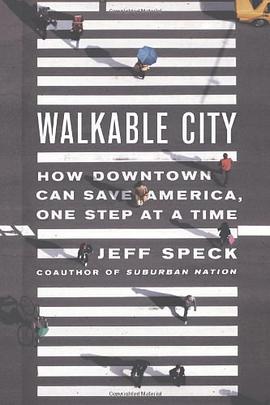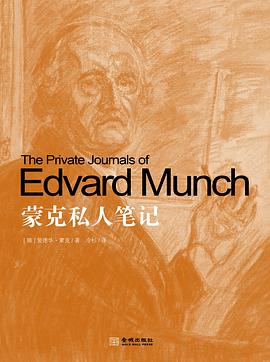Walkable City
内容简介
Jeff Speck has spent his career determining what makes a city work, and he has boiled it down to one essential factor: walkability. For urban life to thrive, cities must prioritize pedestrians over cars. Six-lane highways tearing through downtown must give way to crossable streets, massive parking lots must give way to pedestrian plazas, architecture designed to be appreciated from afar must give way to welcoming buildings. Making all of this happen is relatively easy and cheap; seeing what needs to be done is the trick. Speck can show us the invisible workings underneath the city, how simple decisions have cascading effects, and how we can make the right decisions for our cities. Cities have been recognized as the key to sustainable living. But New York, San Francisco, Chicago, D.C. - these are not the next great American cities, and they are not where the future of urban life will be formed. Most Americans live in midsize cities - Lowell, Massachusetts; Tacoma, Washington; Grand Rapids, Michigan - that need downtowns that are vibrant and appealing; they need to feel like the urban hubs that they are. They need walkability. Bursting with sharp observations and real-world examples, giving key insight to what urban planners actually do and how cities can and do change, "Walkable City" lays out a practical, necessary, and eminently achievable vision of how to make our American cities work.
......(更多)
作者简介
......(更多)
目录
......(更多)
读书文摘
许多美国城市建设和改建的出发点就是阻止人们的步行行为。不断拓宽的马路、缩减和萧条的人行道、被砍掉的树、汽车外卖店,以及众多规模达10英亩的停车场将许多街道简化成为不适宜步行生活的机动车区域。
简单来说,步行要满足四个主要的条件:有用性,安全性、舒适型和有趣性。
......(更多)






